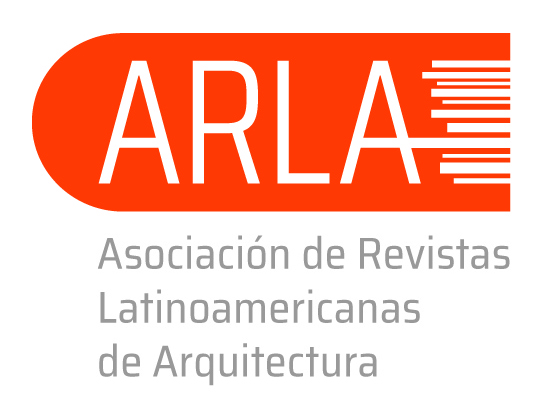Industrial heritage in Magallanes
From exploitation of wool to cold storage industry
DOI:
https://doi.org/10.14409/ar.v8i13.6795Keywords:
chilean sheep stations; cold storage industry; industrialization; Magallanes.Abstract
Towards the end of the nineteenth century, the exploitation of sheep farming in Chile was consolidated, with the region of Magellan as its scene. In this way the vast southern territory is colonized by the sheep farms, installing a model of livestock exploitation equivalent to that of the whole planet supplying the industrialized world of raw materials for the production of textiles.
The development of these processes along with what happened in the rest of the world caused the entrepreneurs of the sector to look for new derivations of sheep production, thus creating the refrigeration industry in Patagonia, which will provide services to all stays in the southern end of the continent, making own technology of the cold, budding in the world. Together with the unique architecture of both sets, there will be another contribution: the generation of complex industrial processes that exceed the single production of raw material, the refrigerators being a case of vanguard in the Chilean industrial area, which to date was characterized by the majority extraction and production of raw materials. Stations and cold storage industry will be the contribution of Magallanes to the industrialization in Chile.
Published
How to Cite
Issue
Section
License
ACCESO ABIERTO
ARQUISUR Revista es una publicación de acceso abierto y sin ánimo de lucro. No se imputan cargos por la recepción, revisión, evaluación, publicación ni acceso a sus contenidos. Se distribuye bajo una Licencia Creative Commons CC Atribución-NoComercial-SinDerivadas 4.0 Internacional (CC BY-NC-ND 4.0): No se permite un uso comercial de la obra original ni la generación de obras derivadas. Esta licencia no es una licencia libre, y es la más cercana al derecho de autor tradicional.
DESCARGO
Los criterios expuestos en los artículos son de exclusiva responsabilidad de sus autores y no reflejan necesariamente la opinión del Comité Editorial ni de la Dirección Editorial Técnica. Los derechos de los artículos publicados pertenecen a sus autores o editoriales. Los autores ceden sus derechos de publicación al Centro de Ediciones de la Universidad Nacional del Litoral de Santa Fe, Argentina.














